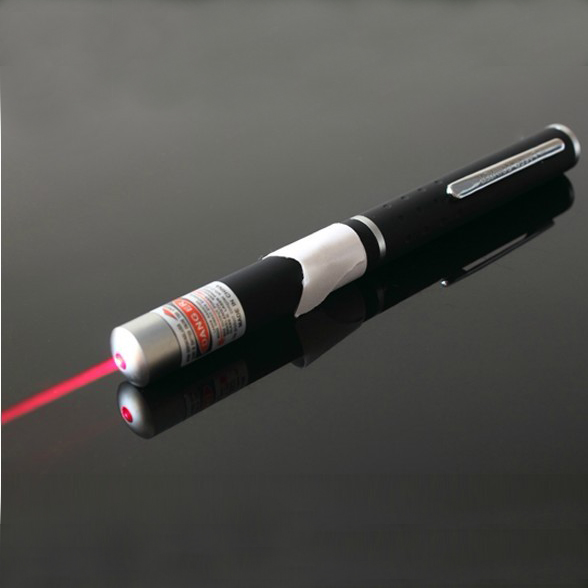According to a recent report by the “Physicists Organization Network”, the ultrafast pulsed laser pointer developed by the Korea Institute of Science and Technology (KIST) produces a frequency 10,000 times higher than the current state-of-the-art pulsed laser. This is achieved by inserting an additional resonator containing graphene into a fiber pulse laser oscillator operating in the femtosecond range. The application of this method to data communication is expected to greatly increase the data transmission and processing speed.
The advantage of pulsed lasers is that they focus more energy than continuous wave lasers, and the intensity of the latter remains constant over time. If the digital signal is loaded into the pulsed laser, each pulse can encode one bit of data. The higher the repetition rate, the more data can be transferred. However, conventional fiber-based pulsed lasers generally have limitations in increasing the number of pulses per second above the megahertz level.
Researchers from the KIST Optoelectronic Materials and Devices Center pointed out that the laser wavelength and intensity characteristics that change over time are related. If the resonator is inserted into the laser oscillator, the wavelength of the pulsed laser can be periodically filtered, thereby modifying the pattern of laser intensity changes.
On the basis of this research, the researchers synthesized graphene, which has the characteristics of absorbing and eliminating weak light, and can amplify the intensity only by making strong light enter the resonator. This enables high-speed precise control of laser intensity changes, thereby increasing the pulse repetition rate to a higher level.
Graphene is usually synthesized on the surface of the catalytic metal, and then the product is separated from the catalyst and transferred to the surface of the desired substrate. In this process, there is a problem that graphene is damaged or impurities are introduced. Researchers solved the problem of reduced efficiency in the manufacturing process by directly forming graphene on the surface of easily accessible copper wires, and further covering the copper wires with optical fibers as resonators. The research results show that the new green laser pointer can achieve a repetition rate of 57.8 GHz, which overcomes the limitation of pulsed lasers in terms of repetition rate.
